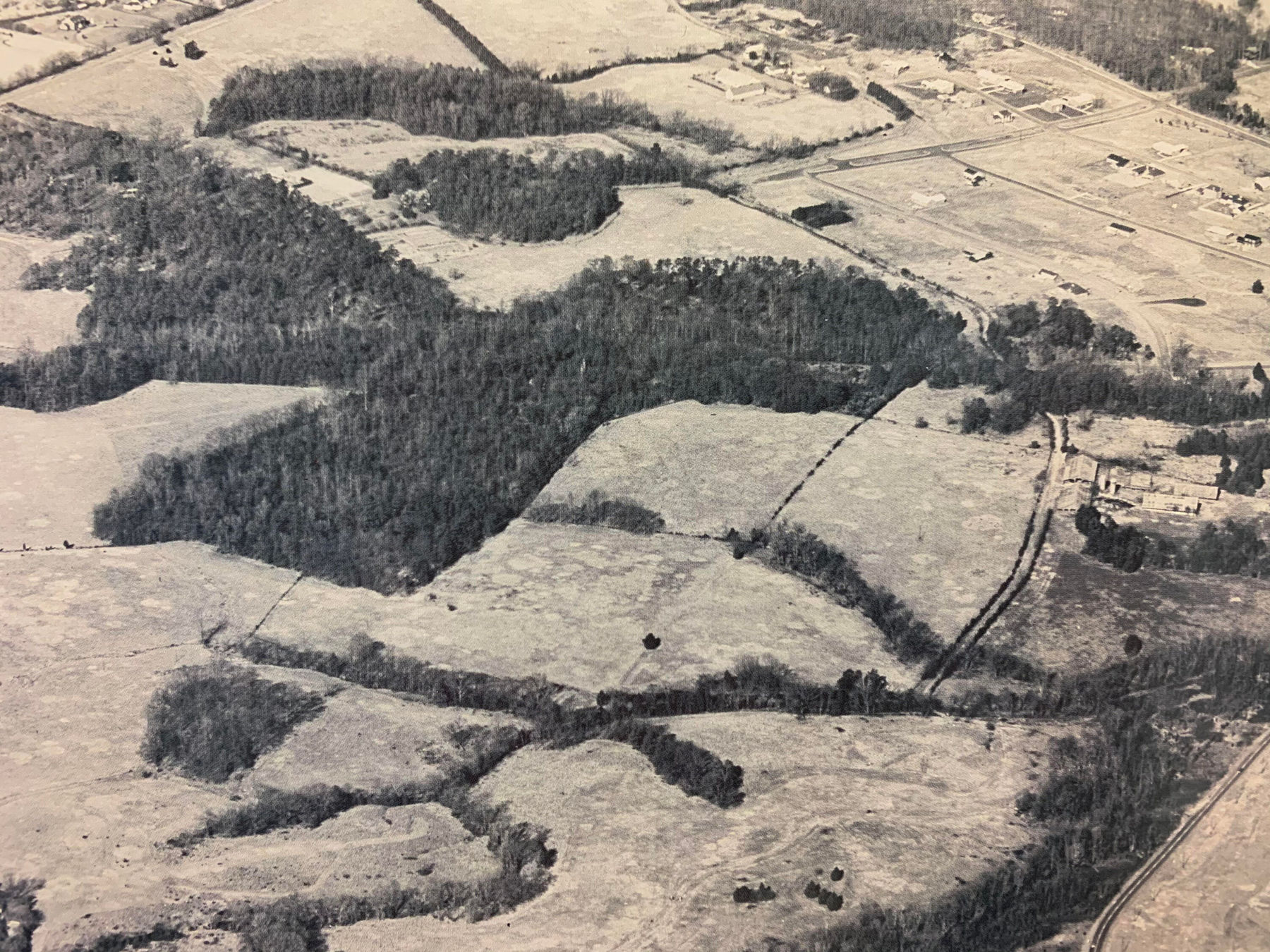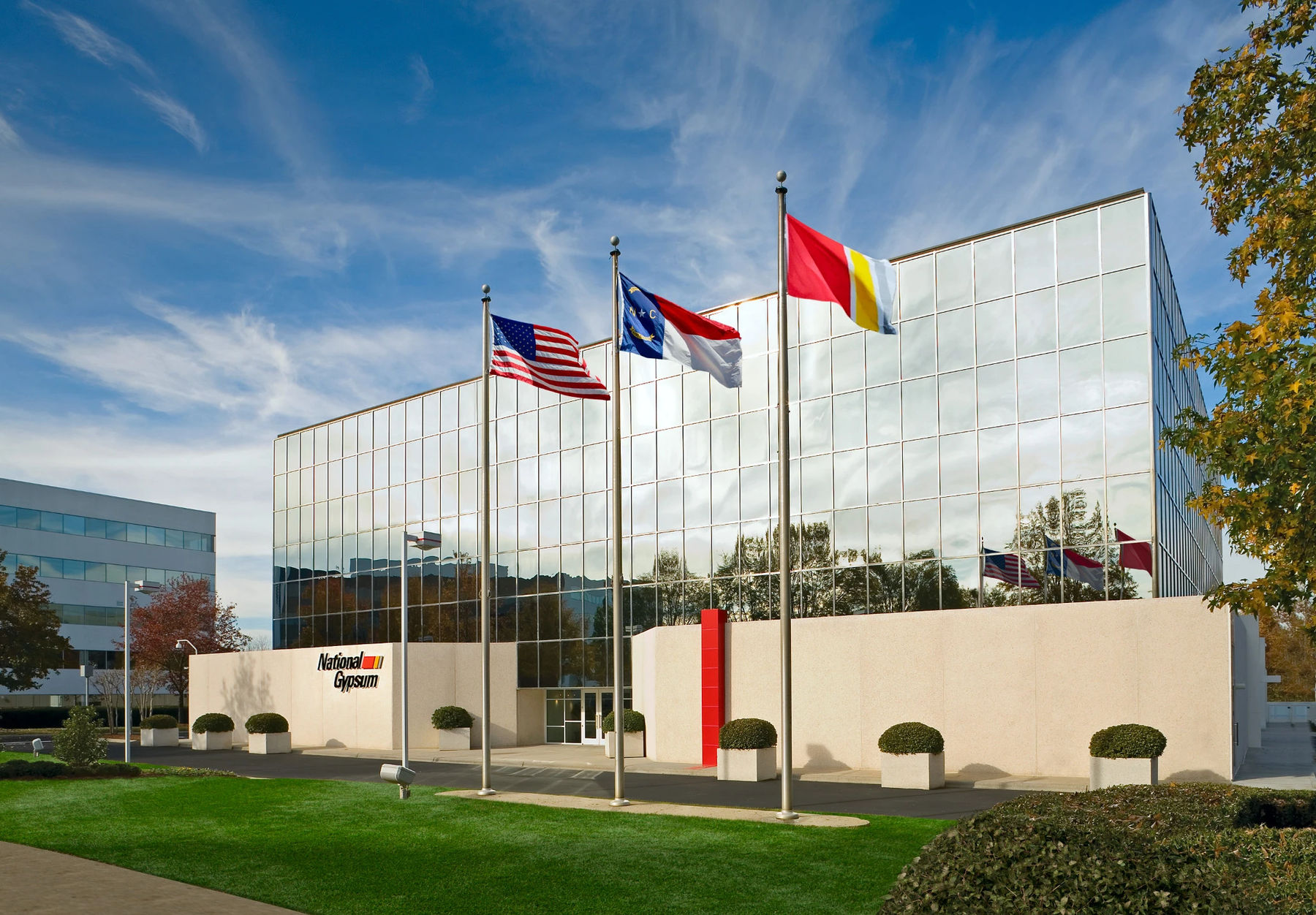SouthPark's History
While SouthPark today is a bustling hub of businesses and residents, it wasn’t too long ago that the area was pastureland.
Farms sat along both sides of Sharon Road until the early 20th century. Following the end of the Civil War, formerly enslaved people worked as tenant farmers and sharecroppers, and with the support of Sharon Presbyterian Church, they built their own church, St. Lloyd Presbyterian, on what is now Colony Road. It served as a social center, providing spiritual guidance and an opportunity for developing black leadership.

In the 1920s, former North Carolina governor Cameron Morrison bought 3,000 acres of land and built a dairy farm and estate, which he named Morrocroft. The invention of the automobile made this area even more attractive to homeowners as it became possible to reach Uptown in 15 minutes, instead of the hour it would take on horseback or by wagon. Morrison and his heirs sold the farmland over the years, and residential neighborhoods were built nearby. The spark that led to the township’s transformation from pasture to popular living and work destination, however, was SouthPark Mall.

Shopping malls became popular following the end of World War II, and in the 1960s, two prominent Charlotte families, the Belks and the Iveys, made plans to develop a mall on a piece of pastureland at what is now the intersection of Fairview and Sharon roads. Some were skeptical of the mall’s potential success given its relatively remote location. However, when SouthPark Mall opened in February 1970, people flocked to it. The mall, which was anchored by Sears and the locally owned Belk and Ivey’s department stores, garnered a reputation as being the most upscale enclosed mall between Washington, D.C., and Atlanta. Designed after and inspired by NorthPark mall in Dallas, SouthPark Mall also had an outparcel with movie theaters, a supermarket, and convenience stores.
SouthPark Mall was so successful it spurred development of the community that would become its namesake. More neighborhoods sprouted, and major corporations established offices and headquarters nearby. The National Gypsum Company, for example, in 1977 moved into its headquarters to Rexford Road, where it remains today.
Office development in the area boomed during the 1980s and 1990s as companies continued to move into the area. Coca-Cola Consolidated, the largest Coca-Cola bottler in the U.S., moved into a building near Rexford Road in 1986, and in 1999 purchased a second building across the street, both of which make up its corporate headquarters. Steel giant Nucor moved its corporate offices near the mall in 1991 and now owns two buildings, also on Rexford Road.
SouthPark Mall, meanwhile, grew and evolved over the years, adding more luxury retailers, and has remained an economic anchor for the community. In the early 2000s, the outparcel at the corner of
Barclay Downs Drive and Carnegie Boulevard was converted into Symphony Park, an outdoor concert venue.
Following the mall’s opening, SouthPark attracted more trendsetting projects. When Phillips Place, an upscale mixed-use village off Fairview Road, was developed, for example, the idea of having restaurants, shops and a hotel together and stacking residences on top was so forward-thinking the city of Charlotte didn’t have a zoning classification at the time to handle the request. Phillips Place won national acclaim for its pedestrian-friendly design as an urban village organized around a main street with a hotel on one end and the cinema on the other.

In the first two decades of the 2000s, SouthPark’s mixed use evolution included the opening of Piedmont Town Center, Morrison, and Apex SouthPark.
The entire SouthPark area, meanwhile, continues to attract residents and developers who have built or announced increasingly ambitious projects, furthering the area’s transformation from suburban town to active urban center.
Subscribe to the SouthPark newsletter for monthly neighborhood updates, and follow @southparkclt on Instagram and Facebook for the latest happenings and news. Find more things to do in SouthPark using the daily events calendar, or explore the 350+ ways to dine, shop, and play in the neighborhood.